Welcome to Khulna, your gateway to the majestic Sundarbans! As the third-largest city in Bangladesh, Khulna offers a compelling mix of urban life and serene landscapes.
From its local eateries serving delectable Bengali dishes to the quiet riversides that invite peaceful evening walks, Khulna is a city of contrasts. One that I’m sure will quickly grow on you.
Table of Contents
Toggle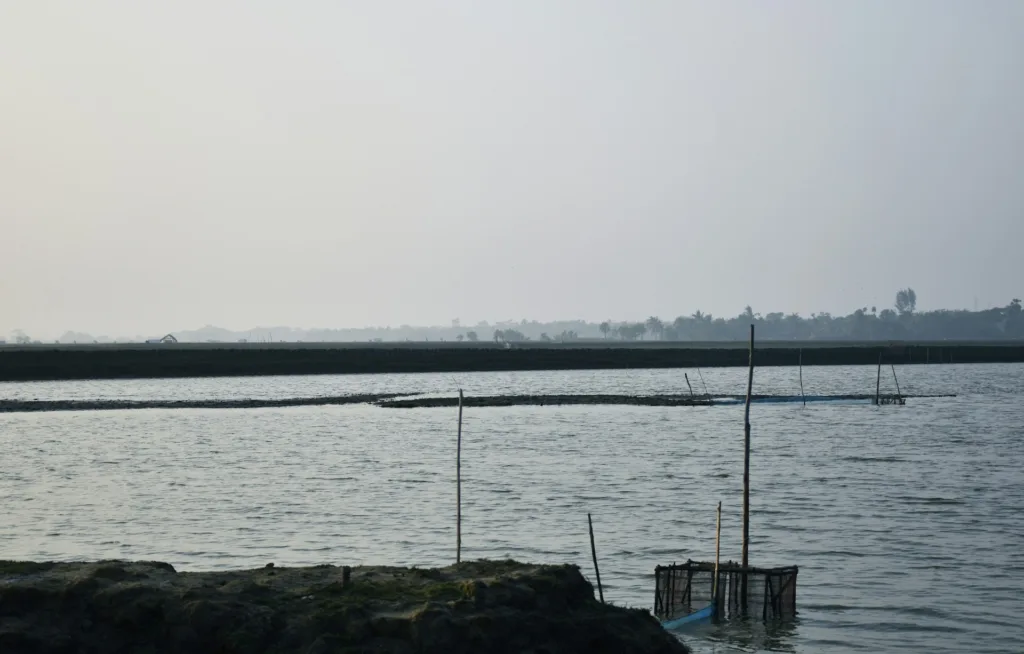
History of Khulna
The area that is now Khulna has been inhabited for centuries, with its strategic location near the Rupsha and Bhairab rivers contributing to its importance as a trading post. Historically, it was part of the ancient kingdoms of Vanga and Samatata. The region was known for its salt production, an industry that thrived due to the unique ecosystem provided by the nearby Sundarbans.
During the Mughal era, the British East India Company established administrative offices and trading outposts here, integrating Khulna more deeply into the colonial economy.
The 20th century marked a period of rapid growth for Khulna, as it developed into an industrial hub. The establishment of jute mills and other industries under British rule led to an economic boom, which continued post-independence in 1971.
Top Things to Do in Khulna
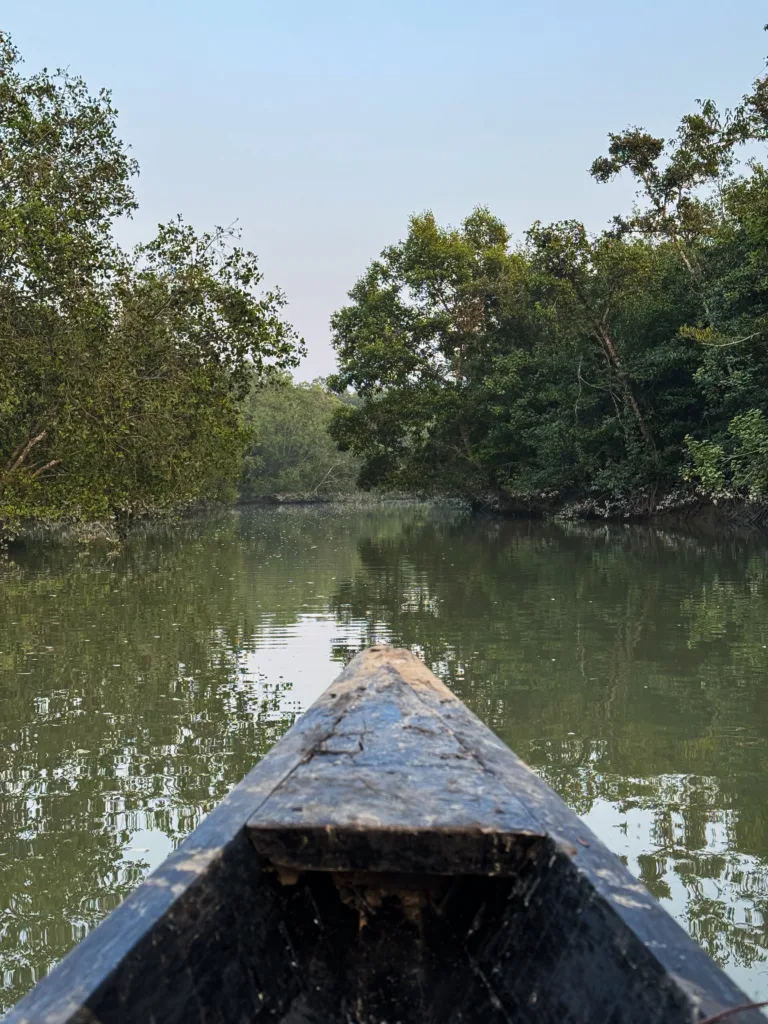
1. Take a Trip to the Sundarbans
A trip to Khulna wouldn’t be complete without a journey into the Sundarbans. As you set off for this UNESCO World Heritage Site, prepare to immerse yourself in the tranquility and mystery of the world’s largest tidal halophytic mangrove forest.
This enchanting place is home to the majestic Royal Bengal Tiger, and its intricate network of rivers and creeks offers a unique adventure into the wild.
The experience is quiet and meditative, with only the sounds of lapping water and distant animal calls filling the air. It’s an opportunity to see nature in its rawest form—crocodiles basking on the riverbanks, deer darting through the undergrowth, and exotic birds flitting through the canopy.
The Sundarbans is not just about its natural beauty; it’s also steeped in cultural significance, most notably through the legend of Bonbibi, the forest goddess revered by both the Hindu and Muslim communities. Bonbibi is considered the protector of all who enter the forest and you will most likely encounter her figure if you visit the communities living around the Sundarbans.
2. Relax at Shahid Hadis Park
If you’re looking for places to hang out while in the city, Shahid Hadis Park offers the perfect setting for just that.
Shahid Hadis Park is especially beloved for its tranquil lake, which adds to the serene atmosphere of the park. You can enjoy leisurely strolls around the water, sit by the lake to watch the gentle ripples on the surface, or even engage in some light birdwatching as various birds come to visit the lake’s shores.
It’s one of the largest parks in Bangladesh and in the city, with plenty of flowers blooming. It’s a great place to chat with locals or just do some people watching.
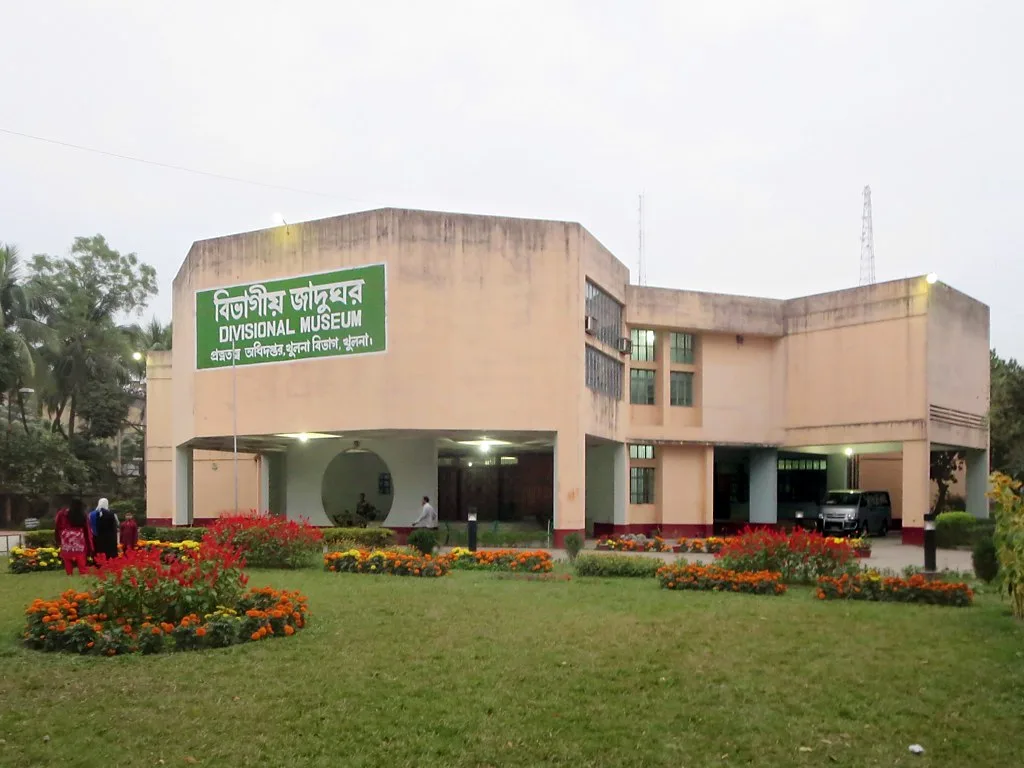
3. Drop by the Divisional Museum
The Khulna Divisional Museum stands as one of the only two museums in the city and an essential stop for anyone looking to delve deeper into the rich history of South Bengal.
Established by the Bangladesh Archaeological Department, this museum holds the distinction of being the second largest museum in Bangladesh by area, following only the Bangladesh National Museum.
Among its most prized exhibits are the archaeological remnants from “Bharata Bhayana,” the historical kingdom ruled by King Bharat. The museum is also home to a collection of busts of princely male figures, alongside exquisite sculptures of Hindu gods and goddesses.
4. Visit the 1971 Genocide-Torture Archive & Museum
The 1971 Genocide-Torture Archive and Museum serves as a sobering reminder of the struggles Bangladesh faced during its war for independence in 1971. It’s a place dedicated to preserving the memory of those who suffered and perished in the genocide and offers a deep, reflective insight into the brutal realities of conflict.
Each exhibit is carefully curated to tell the stories of resilience, bravery, and the ultimate sacrifice of many Bangladeshis during the liberation war. The museum not only documents the atrocities but also celebrates the spirit of resistance and the pursuit of justice that defined the national movement for independence.
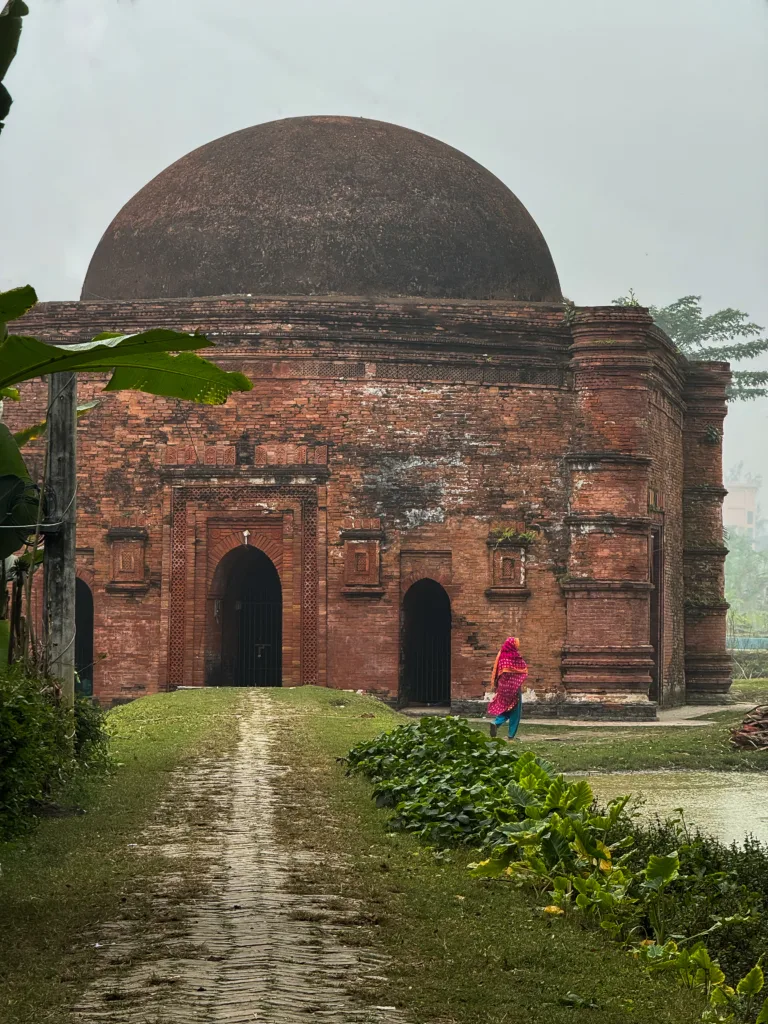
5. Explore the Mosque City of Bagerhat
Bagerhat offers more than just a glimpse into the architectural genius of medieval Islamic Bangladesh. While the awe-inspiring structures like the Shat Gombuj Mosque draw many to this UNESCO World Heritage Site, the true charm of Bagerhat lies in its quaint settlements nestled around the jungles.
As you explore the Mosque City, the majestic edifices narrate tales of ancient grandeur and spiritual devotion. Each structure is a monument to the city’s founder, Ulugh Khan Jahan Ali, and his vision of an integrated community centered around Islamic teachings.
Yet, stepping beyond these stone boundaries, the surrounding settlements provide an intimate look at the enduring lifestyle of the people who make their homes in the shadow of these historical giants. These communities, thriving amid the lush greenery offers you a rare opportunity to see a way of life that is harmoniously balanced with nature.
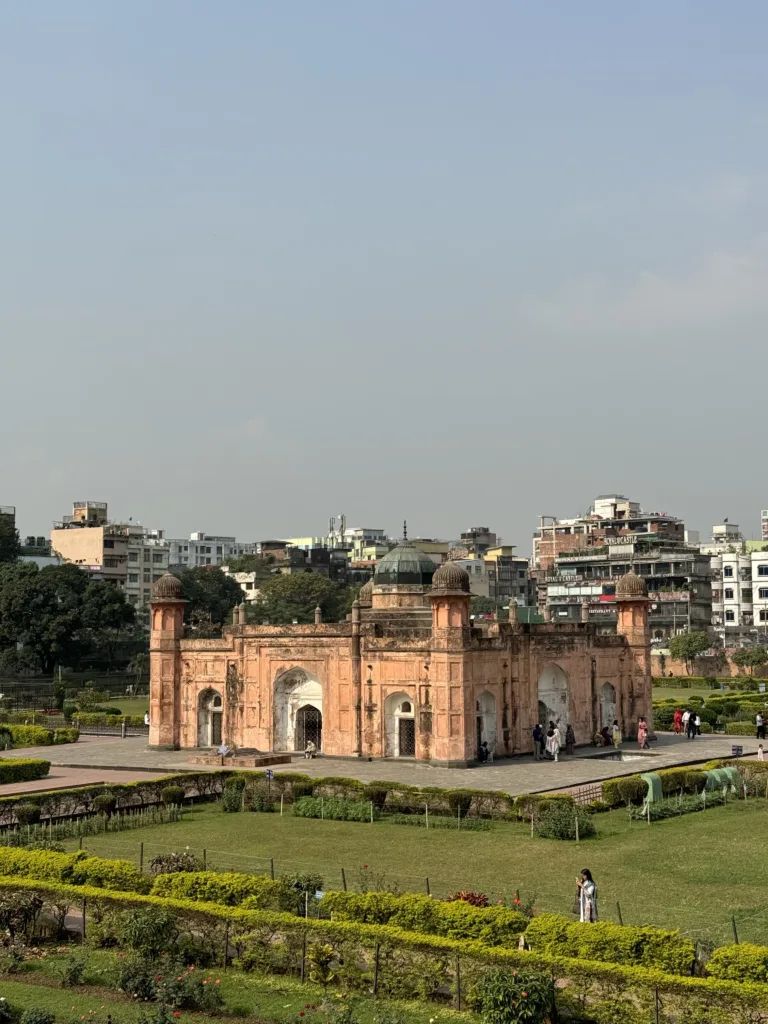
6. Don't Miss out on Dhaka
Whether you’re heading back to Dhaka after exploring Khulna or starting your journey from the bustling capital, Dhaka offers plenty of experiences that will enrich your travels.
Dhaka is not just a stopover; it’s a city that demands exploration. Its museums, historical structures, mosques, and churches offer profound insights into the nation’s culture and history.
From its historical depths to its lively street scenes, Dhaka is a city that stays with you long after you’ve left its wild, wild streets.
Where to Stay in Khulna
If you’re planning on visiting places like the Sundarbans and Bagerhat, then you’re most likely going to be staying in Khulna.
I stayed in Jatra Flagship Khulna City Center which is probably where a lot of travelers end up staying, for good reason too.
The rooms are modern, chic, and spacious. The bathroom as well. Air-conditioned, good wi-fi, toiletries, and other amenities. The beds were comfortable and clean. There is free breakfast that comes with toast and fruits. My only gripe was that laundry with them is quite expensive, and the laundry service ended up ruining one of my favorite tops.
Still, it’s probably the best place to stay in Khulna and the cost is reasonable. It’s also around a 10 to 15 walk to Sonadanga Bus Terminal which is where you’ll need to be when going to Bagerhat or back to Dhaka.
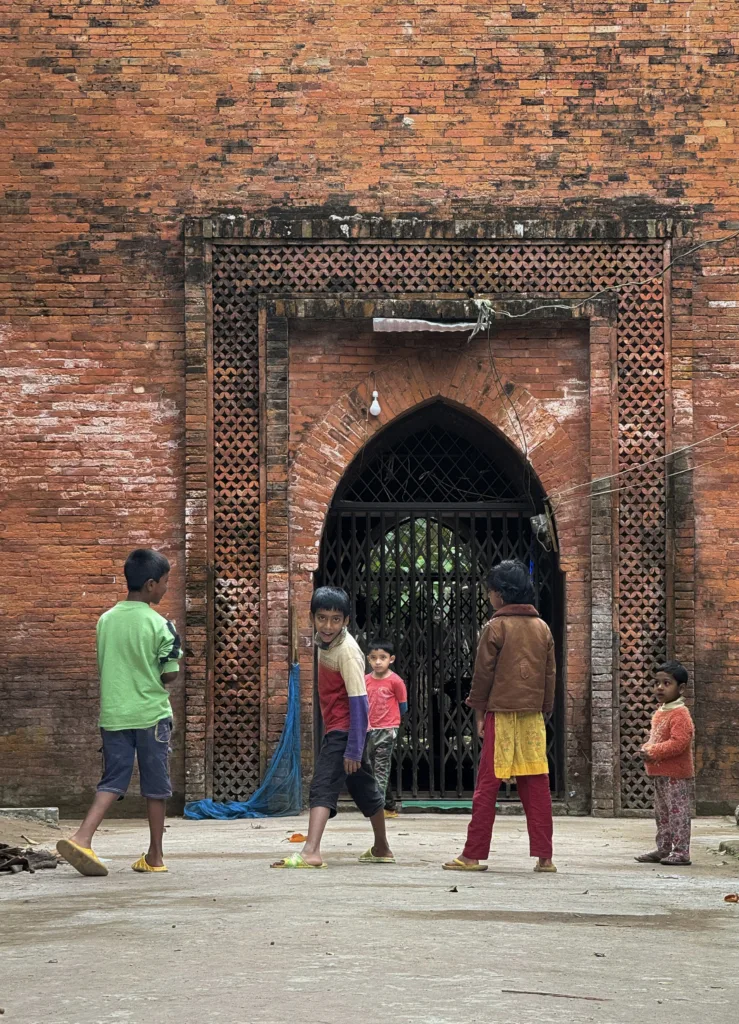
How to Get Around Khulna
As a manageable and welcoming city, exploring Khulna can be done with great ease, here’s how:
- Walking: Khulna’s layout makes it particularly friendly for pedestrians, especially in the city center where the distances between major attractions are short. The only thing to watch out for is the endless traffic and the absence of traffic regulations when crossing the road.
- Rickshaws: Cycle rickshaws and auto-rickshaws are readily available and cost-effective. These are ideal for navigating through traffic and can be a more intimate way to see the city. Rickshaws are particularly useful for short trips and can be easily hailed on the street, while auto-rickshaws are better for covering longer distances or when traveling with luggage.
- Buses: For those looking to venture further out or explore multiple points of interest across Khulna, the local bus services over at Sonadanga provides an affordable way to get around.
How to Stay Safe in Khulna
While Khulna offers a welcoming atmosphere for travelers, like any city, it’s important to take certain precautions to ensure a safe and enjoyable visit.
Khulna, while cleaner than some larger cities like Dhaka, still faces issues with pollution and sanitation in some areas. It’s wise to carry hand sanitizer and use it frequently, especially before eating or after touching surfaces in public places. Drinking bottled water is recommended to avoid waterborne illnesses, and it’s also a good idea to avoid food from street vendors if you don’t think you’ll be used to it.
When walking around Khulna, stay aware of your surroundings, especially in busier areas or markets where pickpockets might be active. Keep your valuables secure and out of sight.
Depending on the time of year you visit, Khulna can be prone to mosquitoes, which can carry diseases. Using mosquito repellent and wearing long sleeves and pants during dawn and dusk can help protect against bites.
No matter how well you plan, unexpected situations can arise. Whether it’s lost luggage, travel delays, or a medical emergency, having travel insurance can provide peace of mind and essential support during your trip.
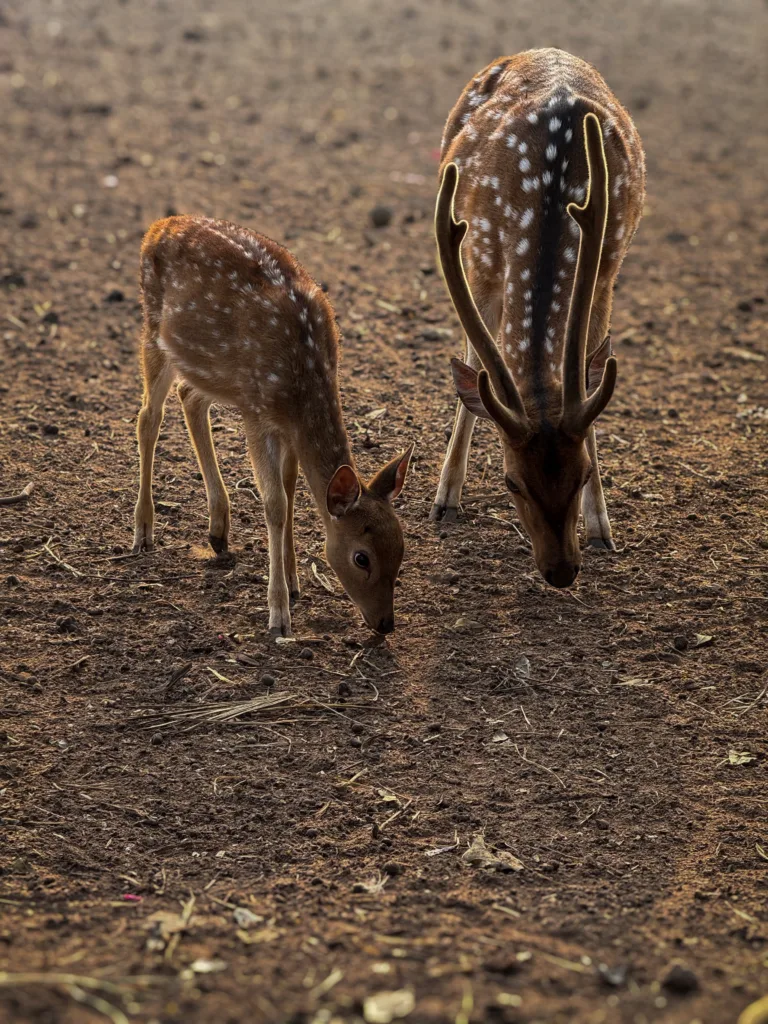
Best Time to Visit Khulna
The best time to visit Khulna and its surroundings is during the cooler, drier months from late October to early March. During these months, the temperature in Khulna is relatively mild, typically ranging between 12°C to 25°C (54°F to 77°F).
This is also the dry season in the region, which means fewer rain disruptions during your travel. The roads and paths are more accessible, making it easier to move around and explore different sites. For wildlife enthusiasts, this season is particularly beneficial as the lower water levels in the Sundarbans increase the likelihood of spotting wildlife, including the elusive Royal Bengal Tiger.
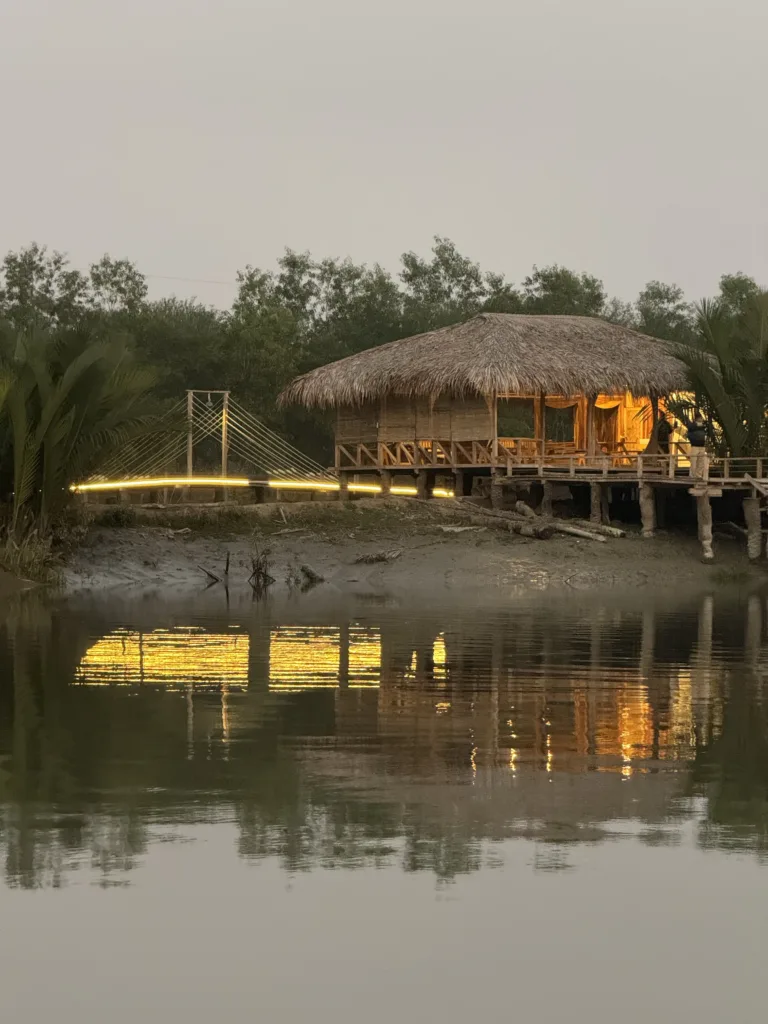
How to Get to Khulna
Getting to Khulna can be an adventure in itself! For a complete experience, I recommend taking the night train to Khulna and returning to Dhaka by bus, allowing you to enjoy the best of both travel methods around Bangladesh.
- By Train: Traveling to Khulna by train is a quintessential Bangladeshi experience that offers a scenic, leisurely approach to reaching your destination. The night train from Dhaka to Khulna is particularly popular. It allows you to sleep through the journey and wake up fresh in Khulna the next morning. Trains offer different classes of service, ranging from more economical options to more comfortable air-conditioned classes with beds. The train takes around 10 hours or so, I remember departing around 19:30 and arriving around 5:00 the next day. However, purchasing train tickets can be a bit tricky as it often requires a local mobile number and some form of ID. It’s usually easier to have a local contact or a tour operator make the booking for you which was how I did it.
- By Bus: For the return journey, taking a bus from Khulna to Dhaka can be a faster and more direct way to travel. Many buses serving this route are equipped with air conditioning. You’ll arrive in 6 hours or so.
Plan Your Trip to Bangladesh | Best Travel Resources
Book Your Accommodations
- Booking.com – the world’s leading online booking platform for accomodations around the world, they have an extensive amount of available listings with zero booking fees and best price guarantees.
- Hostelworld – a backpacker’s best friend, Hostelworld has the largest collection of hostels and guesthouses for affordable prices.
Don’t Forget Insurance
- SafetyWing – from Nomad Insurance, an insurance by nomads for nomads. They understand our lifestyle well and have really comprehensive and flexible plans that cater to any traveler.
Find Cheap Flights
- Kiwi.com – my go-to for booking and finding the cheapest flights and it’s helped me save tons of money. They do virtual interlining which is connecting flights from airlines that do not codeshare, so you can find routes that you wouldn’t be able to find normally.
Join Tours & Activities
- GetYourGuide – is one of the best places to find unique tours and activities. I found that it’s an excellent way to meet fellow travelers and create fond memories. They are not only limited to tours as they also offer niche services such as skip-the-line tickets or private transfers.
Catch a Ride
- Rentalcars.com – nothing beats the freedom of the road, Rentalcars.com is the world’s largest online car rental service. They operate across 160 countries so they’re the perfect partner to work with if you find yourself wanting a ride.

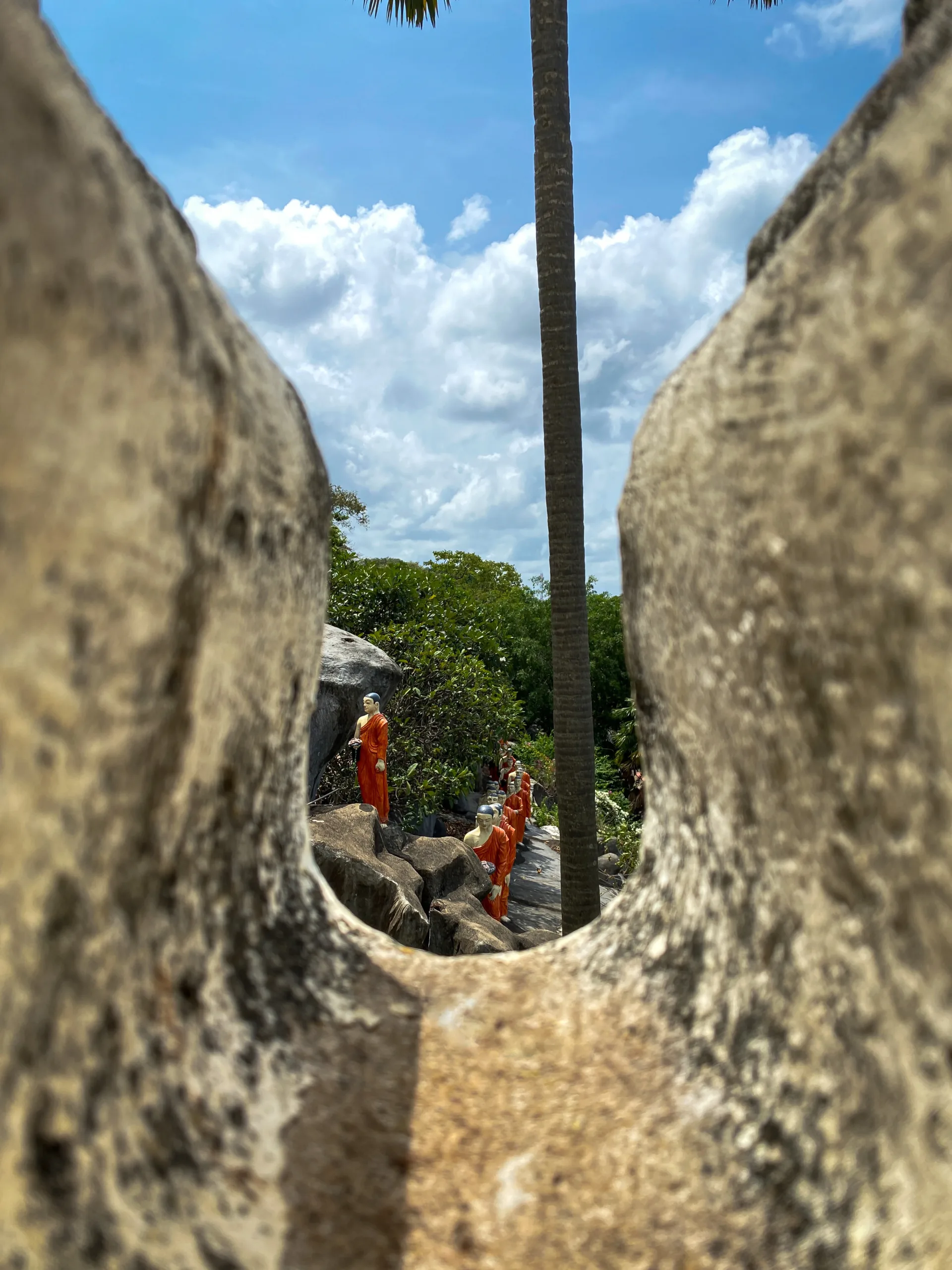
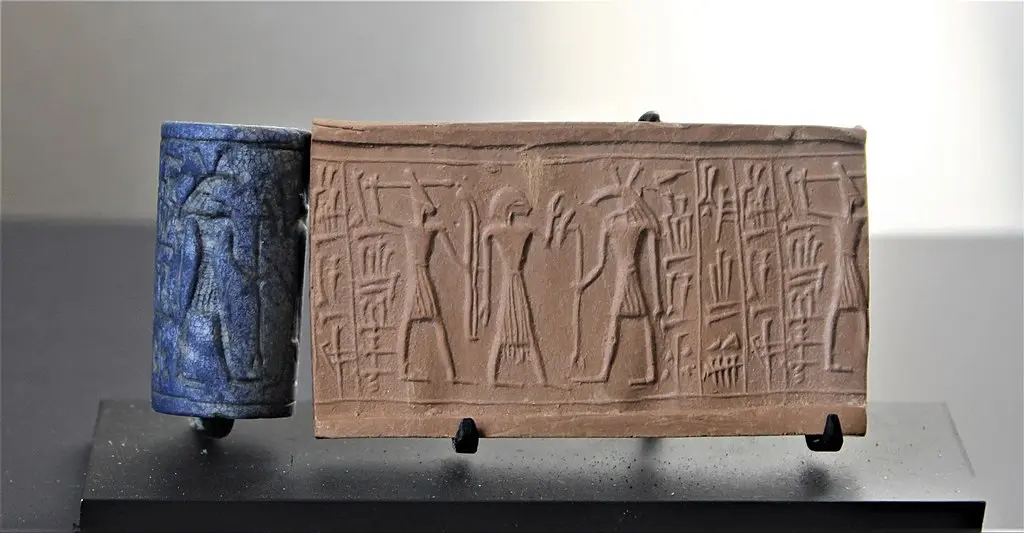
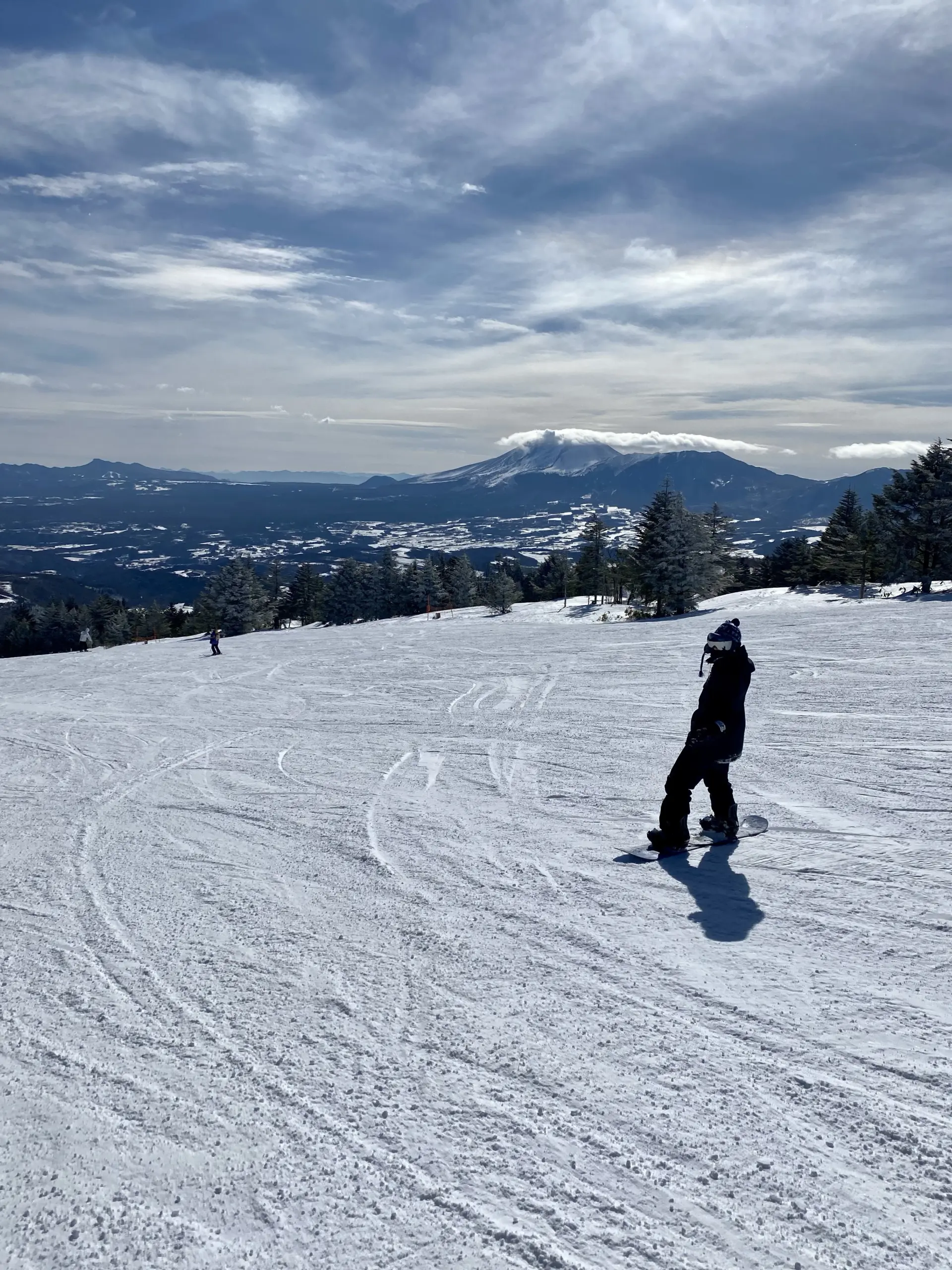





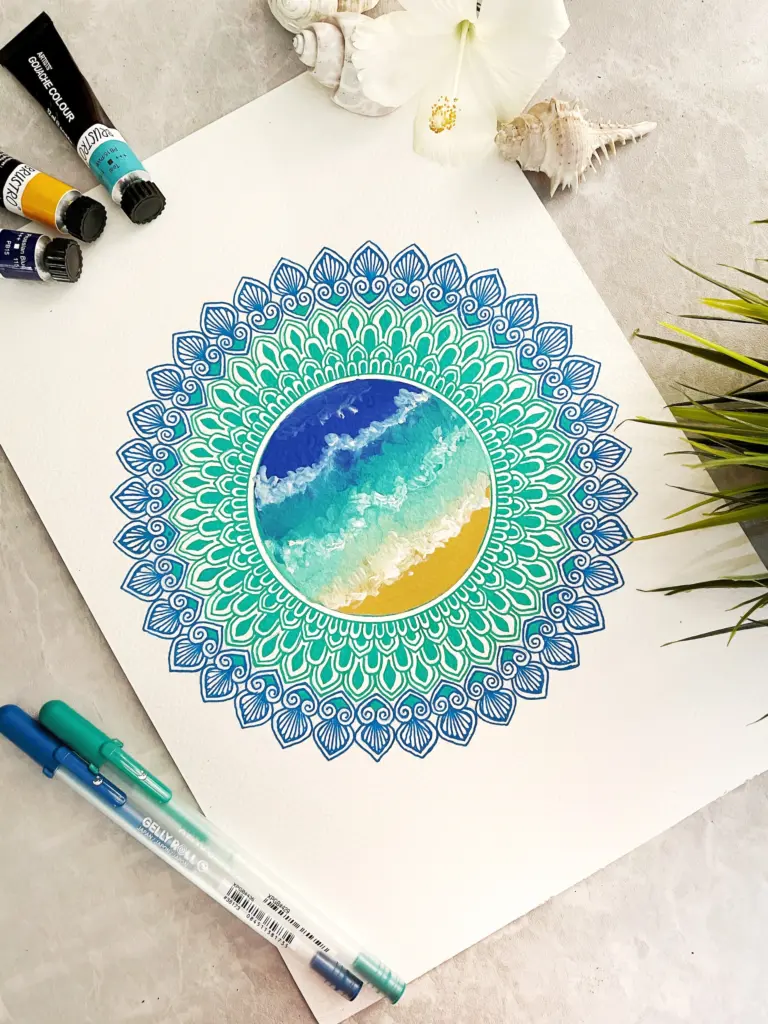
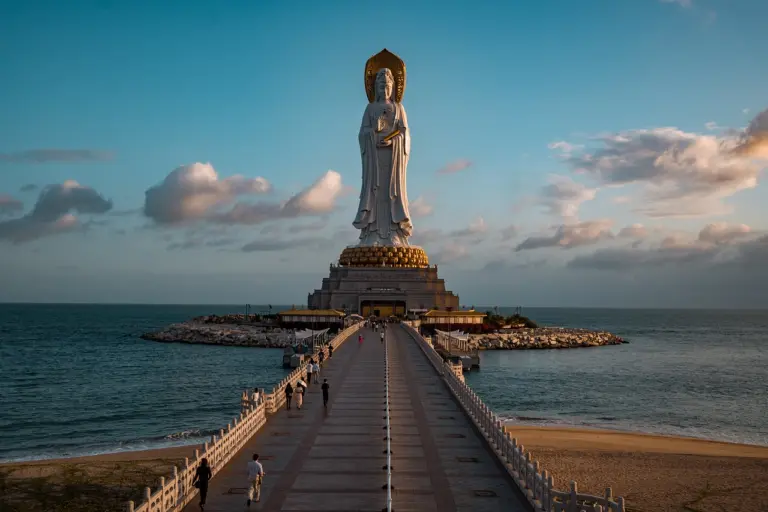
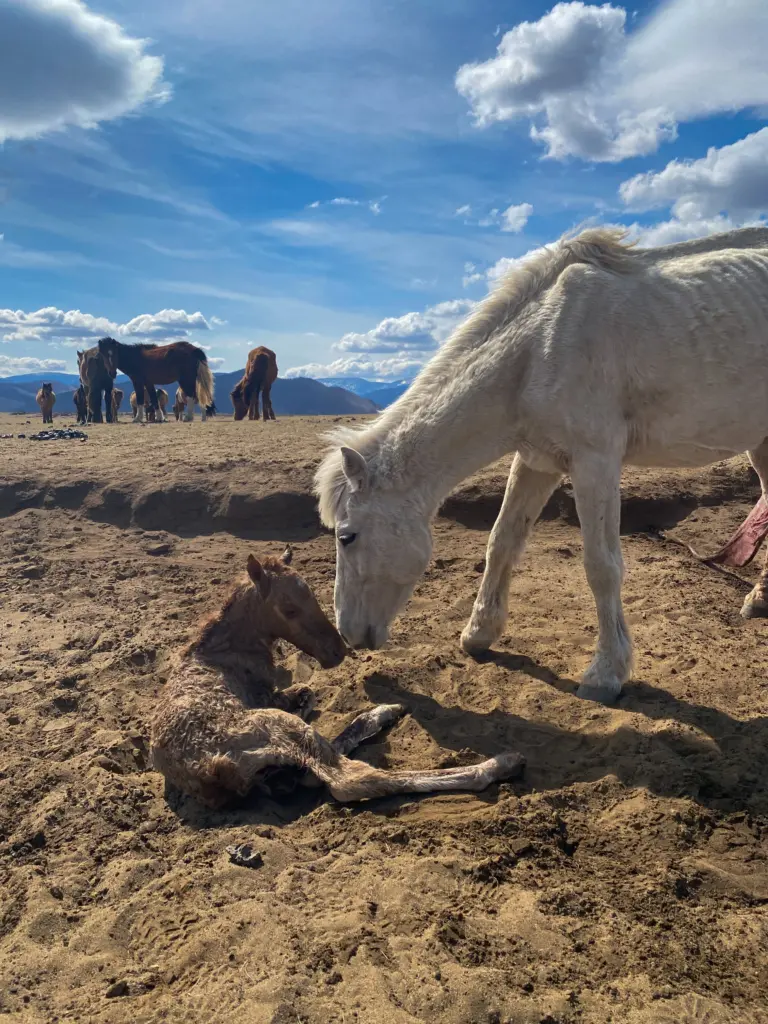
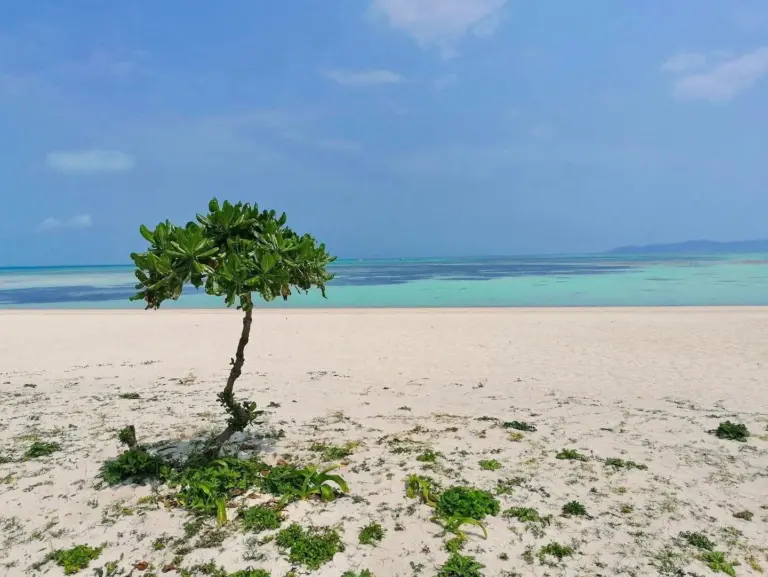

2 Responses
Each post is like a dose of optimism and wisdom. Thank you for enriching our lives!
Thank you very much for your kind comment!